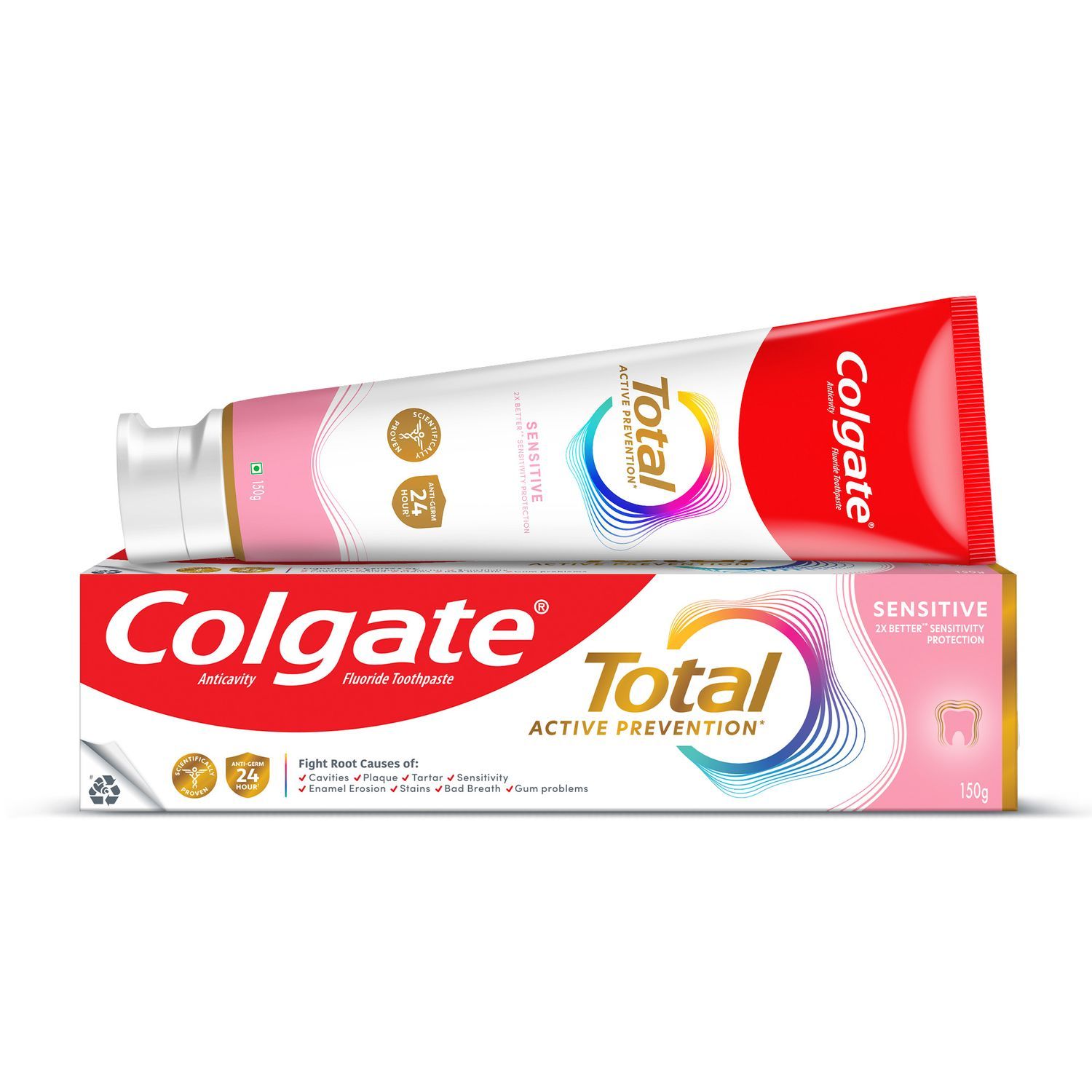-
-

TEETH WHITENING
What Is Stannous Fluoride Toothpaste?Stannous fluoride toothpaste helps prevent cavities, reduce sensitivity, fight plaque, and support daily gum and enamel health.

Selecting Dental Products
Best Toothpaste in India: Five Dentist-Recommended TypesToothpastes today are formulated to meet your every dental need and come in many flavours. Have your dental professional suggest the best toothpaste in India.
-
Science & Innovation
- ORAL HEALTH CHECK
- PRODUCT MATCH
- Colgate® | Toothpaste, Toothbrushes & Oral Care Resources
- Oral Health
- Wisdom Teeth
- When Wisdom Teeth Outstay Their Welcome


Once used for survival in primitive times to help bite and chew food, wisdom teeth have now become a nuisance to many and are viewed as redundant and unnecessary.

- First appearances
Appearing around the ages of 16-20, wisdom teeth are otherwise referred to as the “third molars”. Most people experience some pain and tenderness as these large teeth push their way into the mouth. Dentists can also conduct an x-ray to determine whether the wisdom teeth have formed and whether they pose a potential problem.
- Impaction
As humans have evolved, so too have our jaws and mouths. Our mouths are no longer designed to house all of the teeth once required by our ancestors. Now when wisdom teeth begin to appear, in many cases, there is limited room for them to sit comfortably at the back of the mouth without impacting the mouth and other teeth.
Wisdom teeth can grow horizontally, vertically or at an angle, and push perfectly straight teeth into crooked positions as they jostle for space. Wisdom teeth become ‘impacted’ when they only partially erupt or become trapped within the soft tissue or jawbone. Partially erupted teeth attract germs around the openings, or lead to more serious infections.
- DID YOU KNOW
Wisdom teeth are named for the time they appear, around the ages of 16 and 20, after all childhood teeth have already appeared and when young people are “wiser than a child”.
Removal
Depending on the severity of impaction wisdom teeth may be removed. This is a relatively routine procedure performed by your dentist or orthodontist. Usually you will be put to sleep under general anesthetic or the area will be numbed under a local anesthetic before teeth are removed. Sometimes a small incision is made to help extract the teeth.
After-care
Once wisdom teeth are removed, you’ll be asked to bite down on some gauze for 30-45 minutes to stem any bleeding. In some cases, dissolvable or non-dissolvable sutures are used to repair the incision. Swelling typically occurs around the site, but an ice pack on the area can help with swelling in the first 24 hours. Medication can be used to control any pain, however if pain persists, see your dentist to determine if there is an infection present.
Soft brushing on the area after day two should begin and become harder as pain eases.
Not all wisdom teeth require removal. Some people develop wisdom teeth that fit comfortably in the mouth, but for the majority, where they pose a problem, it would be wise to say goodbye when wisdom teeth are first detected. This will avoid further trouble in your mouth as you age.
This article is intended to promote understanding of and knowledge about general oral health topics. It is not intended to be a substitute for professional advice, diagnosis or treatment. Always seek the advice of your dentist or other qualified healthcare provider with any questions you may have regarding a medical condition or treatment.
ORAL HEALTH QUIZ
What's behind your smile?
Take our Oral Health assessment to get the most from your oral care routine
2.3 billion
people worldwide suffer from tooth decay
ORAL HEALTH QUIZ
What's behind your smile?
Take our Oral Health assessment to get the most from your oral care routine
2.3 billion
people worldwide suffer from tooth decay
Related Articles

Dental emergencies and sports safety
Instant Relief from Tooth Pain: Essential TipsDiscover straightforward remedies on how to relief from tooth pain. Learn essential techniques to alleviate tooth pain and restore comfort effortlessly.

Adult Oral Care
Dental Health Care: What Is It & What Does It Mean to You?What exactly is dental health care, and what does it mean to you? Visit Colgate now and learn the main aspect of dental health care and why it's important.

Adult Oral Care
Coated Tongue: Symptoms, Causes, and TreatmentA coated tongue may be harmless. Learn what may be the cause and when you should see your dentist for an evaluation, here.
Related Products

Helping dental professionals
More professionals across the world trust Colgate. Find resources, products, and information to give your patients a healthier future







